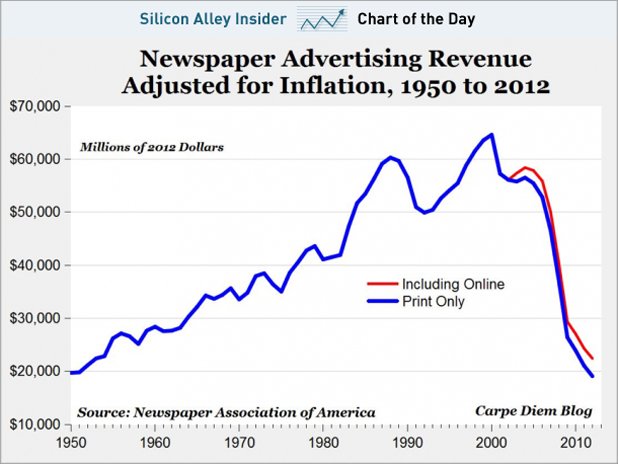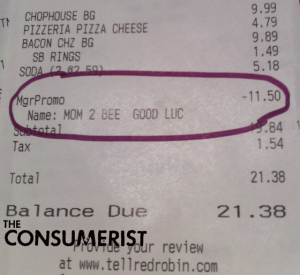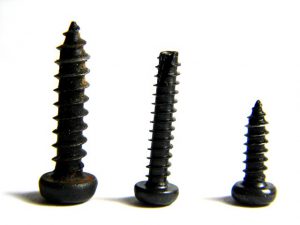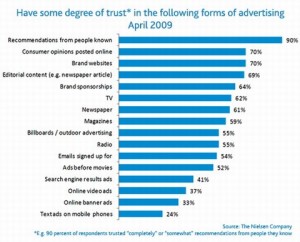Look, I believe in advertising, especially since I’ve toiled in the industry as a copywriter for the past 15 years or so.
But I also believe some things should not be advertised. While most products and services can benefit from incisive communication strategies coupled with compelling creative executions and targeted message dissemination; I believe those in the ad industry itself should not be advertising themselves.
In recent months, I’ve seen newspapers proclaiming that ‘print is the way to go’ and radio stations promising ‘increased sales’. And the fact that they are advertising in their own pages and airwaves seemed rather desperate.

Advertisers (or clients) will naturally go where there is a large audience. I think media owners should work on strengthening their audience base rather than proclaiming that their medium is a cure-all for communication conundrums.
It’s so obvious that the digital and social revolutions are giving traditional media – especially Print and Radio – stiff competition in terms of ad revenue. These traditional players must begin to realise that they cannot remain unchallenged and must improve on content and engagement, whilst embracing the future of communication.
It will take more than just advertising in-own-media to pry the ad Ringgits that are increasingly being channeled towards online advertising. And we all know that advertising a substandard product will only make it fail faster.
But then again, here are some interesting bits to chew on, based on a 2013 Global Survey of Trust in Advertising by Nielsen for Malaysia:
- 72% of consumers in the country trust newspaper ads
- Credibility of traditional advertising remains high compared to online paid media
- Trust in digital ads such as online banners and social media hover at around 50%
- Confidence in online advertising is swiftly growing, with ad spend forecast to touch US$34 billion in Asia Pacific by 2015
- Word-of-mouth still remains the best form of advertising, at 86% trust level
So, while traditional advertising still plays a major role in ad campaigns and strategies, online advertising is fast catching up and cannot be ignored any longer.
Traditional media owners have realised this, hence the desperate attempt to advertise themselves. Only time will tell how long they can remain profitable while clutching to fading hopes.
And in case you didn’t notice, word-of-mouth is still and will always be advertising’s top performer. Maybe it’s wise to spark conversations rather than pour money down the media drain.





